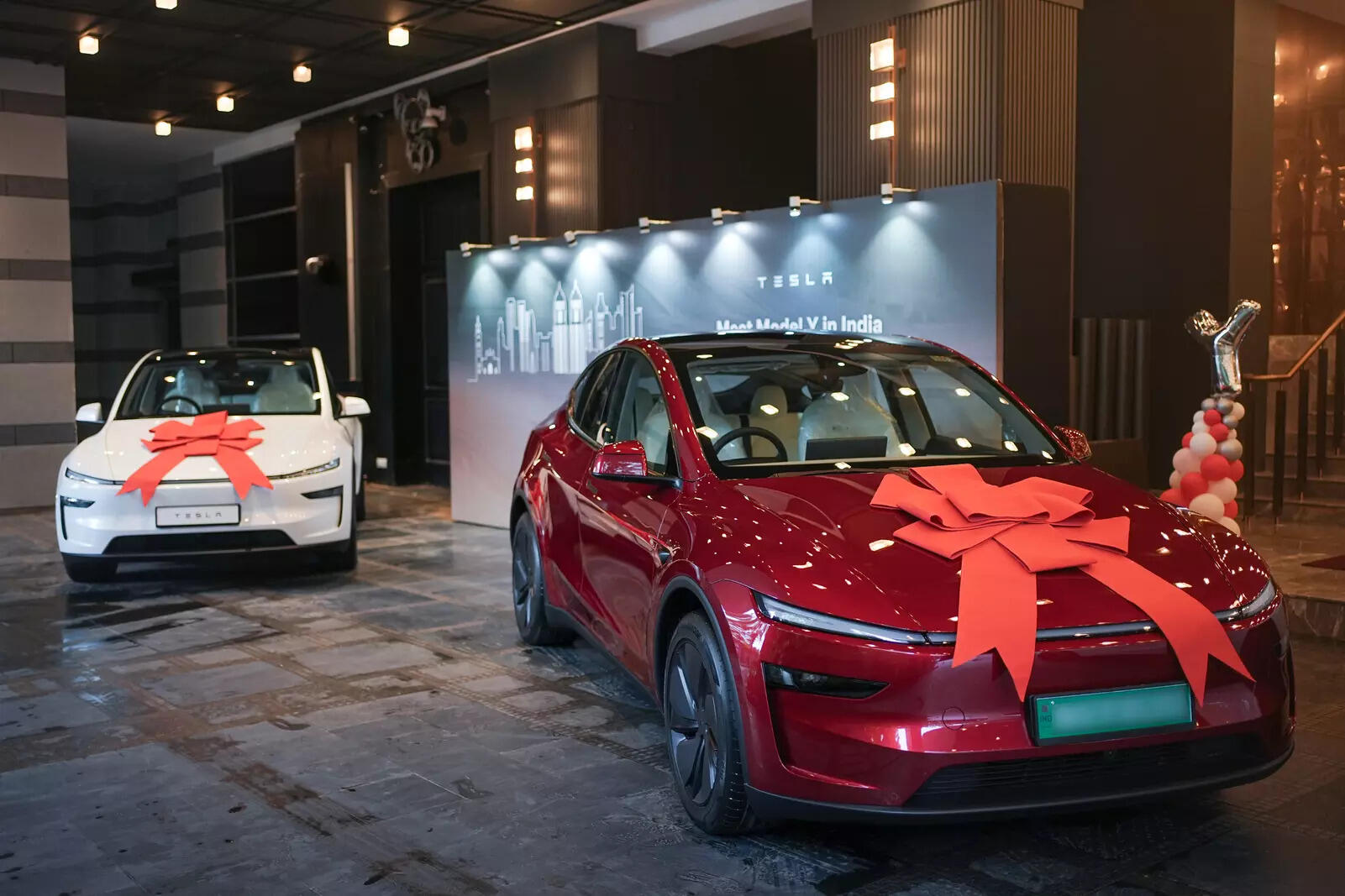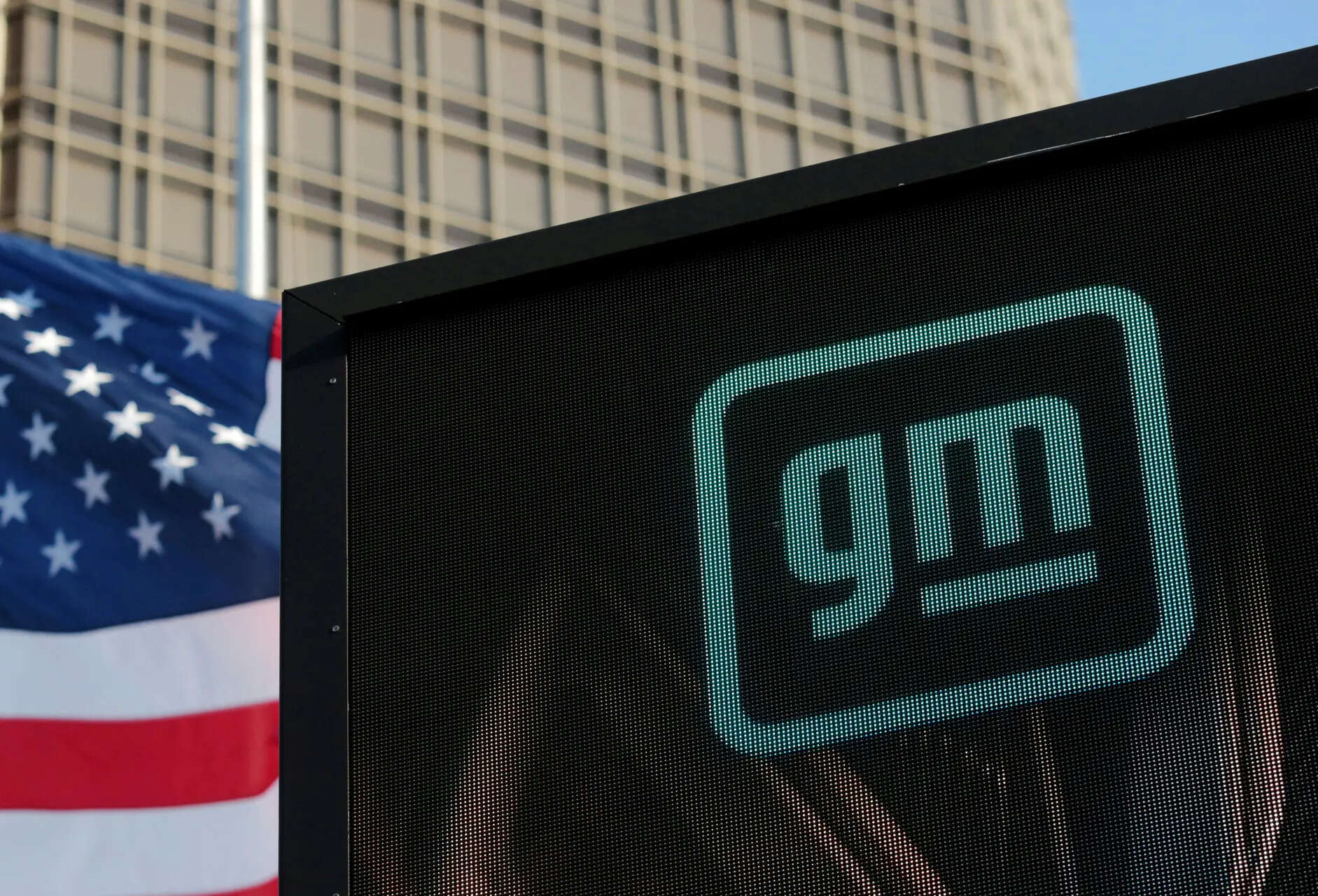
Dearly beloved, we are gathered here today to celebrate the life of the electric vehicle tax credit.
Signed into law by former President Joe Biden in 2022 as part of the Inflation Reduction Act, for the duration of its three-year life, the electric vehicle tax credit eased the financial burden for manufacturers and consumers as Americans embarked on the transition from fossil fuel-dependent cars to the more climate-friendly electric option.
The transition to cleaner electric vehicles is a key part of the global effort to reduce humanity’s carbon footprint and fight against climate change. But electric vehicles are a new industry, the technology is still expensive and growing, and they have a tough fight against the heavily established, and still directly and indirectly subsidized fossil fuel-dependent auto industry.
“We need incentives to help try to replace as many gasoline vehicles with electric vehicles as possible,” David Reichmuth, senior scientist at the Union of Concerned Scientists’ Clean Transportation Program, told Gizmodo. “Transportation is the largest source of global warming pollution in the country, and passenger vehicles are the largest source within transportation. There’s really no way to make the reductions we need to make to avoid the worst damages from climate change without switching from fossil fuels to cleaner electric vehicles powered by renewable energy.”
The tax credit also helped build up the American electric vehicle industry and bring manufacturing back to North America at a time when Chinese and European competitors are running circles around the American electric vehicle industry. To qualify for the electric vehicle tax credit, the vehicles were required to have been assembled in North America.
But that all comes to an end today, as the tax credit officially expires. President Trump is to thank for that.
Trump was never shy about his distaste for the electric vehicle tax credit on the campaign trail. When elected President, it was one of his first orders of business to start the dismantling process of the incentive. That process was finalized when Trump’s “big beautiful” spending bill passed Congress and was signed into law in July.
What was the tax credit?
The electric vehicle tax credit was threefold: a new car sales tax credit of up to $7,500 and a used car sales tax credit of up to $4,000, both of which consumers could get back on their tax returns, and a leasing tax credit of up to $7,500 that was claimed by leasing companies and translated to lower costs for consumers.
Even before Biden pushed for the electric vehicle tax credit, climate-friendly policy in one shape or another had protected American electric vehicle manufacturers for more than a decade.
The predecessor of the current electric vehicle tax credits was first introduced in 2008, under the second administration of Republican President George W. Bush. But there was a cap on the number of rebates per manufacturer, so the benefits expired faster for big names like Tesla. Biden’s EV tax credit changed that and expanded the rule further to include new eligibility requirements, such as putting an income limit and requiring the final assembly location to be in North America.
What now?
The looming end of the tax credit led to a record-breaking surge in electric vehicle sales in August and September as companies tried to empty out their EV stocks, and consumers who were thinking about buying or leasing EVs rushed to get theirs before the deadline.
Going forward, experts have grim sales expectations for electric vehicles, at least in the short term, as those who would have bought EVs in, say, November or December already made the purchase.
In the longer term, though, demand is likely to pick back up again, although likely to be slower than before, at least in the foreseeable future.
Hyundai Motor CEO José Muñoz told reporters earlier this month that even though the company expects short-term demand to go down, in the mid to long-term, they are expecting electric vehicle demand to continue to grow.
Ultimately, the repeal of this tax credit is bound to disproportionately affect newcomers in the electric vehicle industry. Although big names like Tesla and Rivian will likely be hurt, to some extent, by the decrease in consumer demand, they will continue to dominate the market while other automakers pull back on EVs, and potential new competition is discouraged from entering the industry. Tesla CEO Elon Musk last year advocated for the end of the subsidies himself, saying that “it will only help Tesla.”
It is also going to disproportionately impact relatively lower-income buyers who relied on the cost cuts to buy electric vehicles, while the EVs in the luxury car market are likely to continue to see demand from higher-income buyers for whom the tax credit was less of a reason to purchase, Reichmuth said.
“It might change some decisions, but probably not a whole lot, you’re probably already interested in buying that EV for other reasons besides the tax credit,” Reichmuth said of luxury buyers.
States and companies are likely to step in
So what to do? Is it all doom and gloom for electric vehicles? Likely not.
Electric vehicles are here to stay. They are a key part of the fight against climate change, and have high adoption rates elsewhere in the world, especially where the industry has received ample government support.
Even American companies that are pulling back production in the face of an uncertain regulatory environment are vowing to return.
In response to the expiration of the EV tax credit, GM cut output at a major electric vehicle assembly plant, temporarily laid off workers, and indefinitely delayed a shift at a Kansas City assembly plant that was set to produce electric Chevy Bolts later this year. Despite that, CEO Mary Barra has said, as recently as this month, that electric vehicles are still the company’s “north star.”
The cost has to come down to make EVs more attractive to consumers. In the absence of federal leadership on this issue, Reichmuth suggests that companies that are still dedicated to an electric future will take matters into their own hands, and that state regulators are likely to step in.
Car manufacturers that have built up electric vehicle capability, like GM or Hyundai, might start offering incentives like cash-back offers, special interest rates, discounts, lease deals, and more to bring down the cost of electric vehicles, similar to those already offered for various gasoline vehicles that are deemed slow sellers.
States and other local authorities are also likely to step in. There are already numerous regional incentives available for electric vehicles, and it’s looking more likely that this will increase in the coming years.
“[California] had a state EV rebate that went away, especially when the federal tax credit was there, and I think we may see some form of that come back as well,” Reichmuth said. “I think we’re going to see a lot more happening at the state level than at the federal level, at least in probably the next three years or so.”
And although the electric vehicle tax credit is ending, you still have some more time for other incentives. The Alternative Fuel Refueling Property tax credit, which was modified under Biden’s IRA to ease the financial burden of installing EV home chargers, is set to expire on June 30, 2026. It was initially extended to last until December 31, 2032, but Trump’s spending bill made sure to take care of that as well.
















.jpg?w=700&c=0)



























